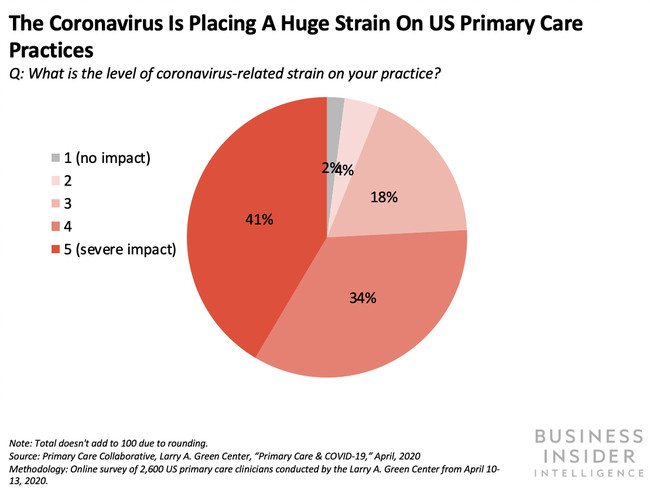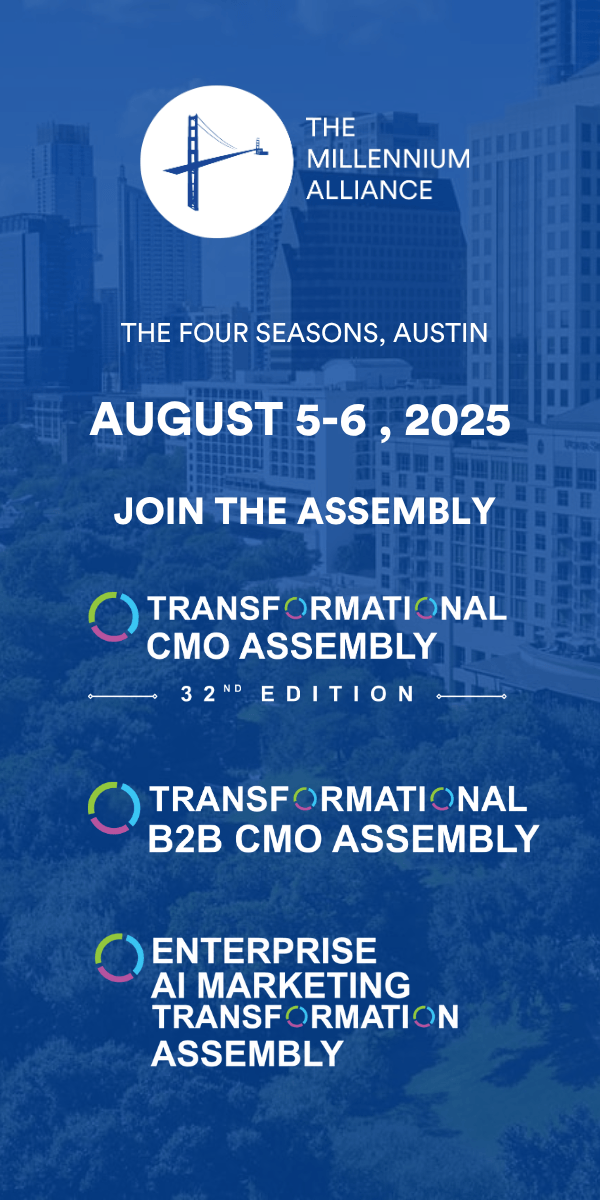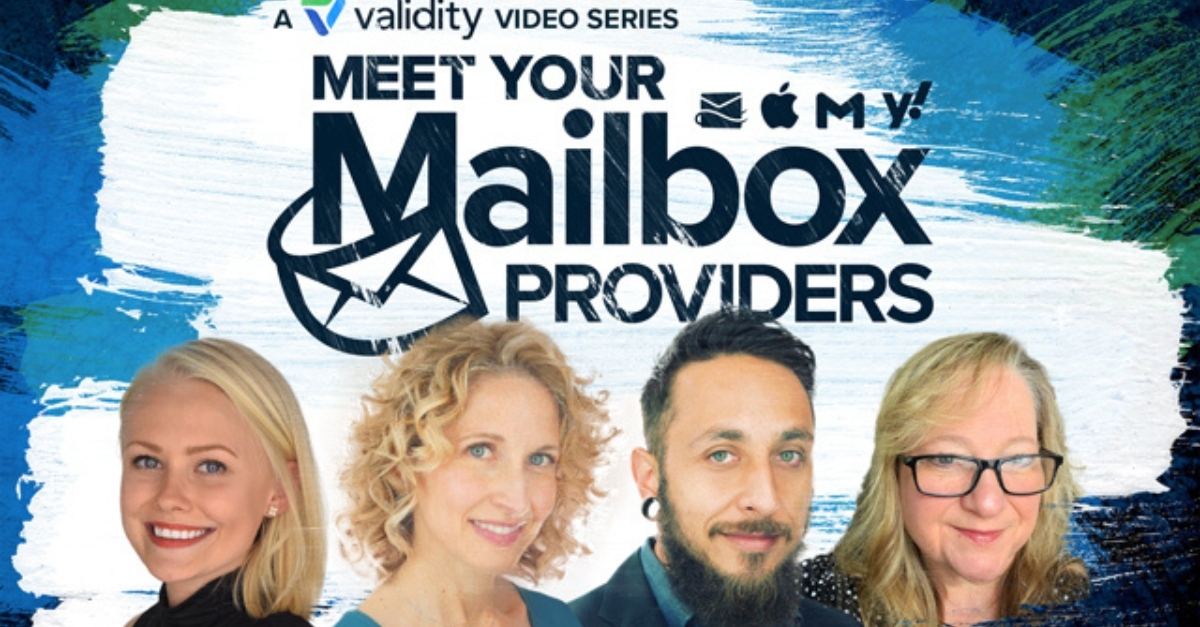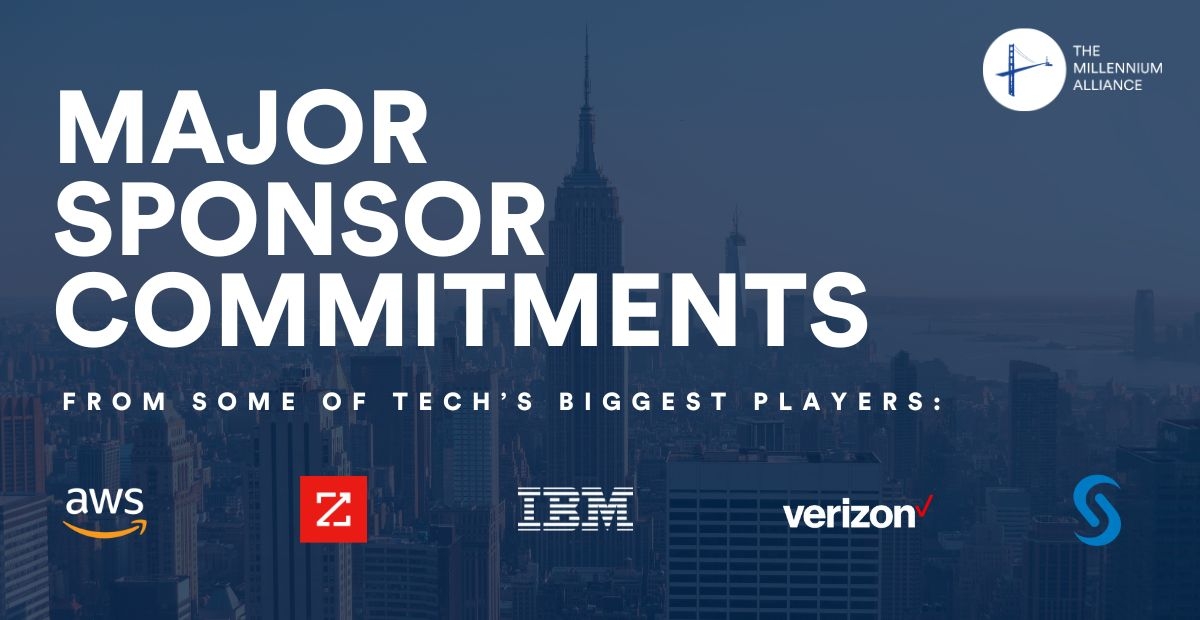COVID-19 has transformed our day-to-day lives in the here and now, but there’s reason to believe that a number of these lifestyle changes won’t fade away once the storm is behind us. In today’s deep-dive, we’re exploring 4 trends that we believe will have a lasting effect on the future of industry: eCommerce taking over Grocery, the rise of alternative social outlets, telehealth as a dominant force in healthcare, and the yearning for human connection amidst uncertainty.
eCommerce plays a key role in the future of Grocery.
Amid all the panic and uncertainty surrounding COVID-19, nobody wants to line-up outside a grocery store behind a dozen other shoppers wearing face masks, ultimately to find out that the last box of pasta is gluten free. A trip to the store is more like an unpredictable journey — there’s the anxiety of being exposed to the virus, the lack of options can be frustrating, and between all the lines and obsessive hand washing, it’s a long-winded and tedious way to get your groceries.
That’s why online grocery shopping has shown tremendous growth amid COVID-19, with the model seeing a 74% increase in shoppers since March 13th. What’s interesting about this dramatic shift is that 26% of these shoppers are online grocery shopping for the first-time ever, and there’s reason to believe that this shift will have lasting effects once COVID-19 is behind us. Business Insider Intelligence has projected that 49% of U.S. consumers will have used online grocery services by the end of the year, and grocery chains are pressed to adopt digital transformation at a rate much faster than they had ever anticipated. Walmart’s CEO Doug McMillon pointed out that hand sanitizer and toilet paper were crucial products in the first wave of panic buying, and this was followed by nonperishable foods and puzzle games. Now that we’re in the midst of the third wave, nearly 2 months into lockdown, McMillon has noticed an influx of customers purchasing personal care products. He noted on the Today show that “People are starting to need a haircut. You see more beard trimmers and hair color, and things like that.” COVID-19 has caused ecommerce to take over all product categories in all aspects of our lives, with consumer demands’ evolving the longer we remain in lockdown.
Alternative Social Outlets are Seeing Record-Breaking Engagement.
At this point, I think we all know somebody that’s boasting about their bread making skills in the midst of quarantine. DIY has become a hot trend in recent weeks, which has prompted record traffic on Pinterest, which is seeing a 26% increase in saves, a 55% increase in searches and triple the amount of video views since 4/6. Trends related to productivity, future planning, and self-care are seeing a strong uptick in activity, with search terms like “exercise routine at home” seeing a 195% increase in traffic.
Gen Z and Millennials are also flocking to TikTok, a more recently emerged social media outlet centered upon sharing and creating 15-second videos, with lip-syncing and dance clips being core content on the outlet. Music Business Worldwide reported an 18% increase in downloads (2,000,000 total) between March 16-22, and the first 23 days of March saw a 27% increase in downloads in comparison to February’s 6.2 million downloads. Most recently, TikTok users have dabbled into home cooking, with a DIY whipped coffee drink originating from Korea, also known as “Dalgona coffee”, sparking viral attention on the social channel,with the #dalgonacoffee tag amassing over 290 million views at the time of writing.
With self isolation being so heavily encouraged, gamers couldn’t ask for a better excuse to pick up the controller. Amazon’s video game streaming website Twitch has surpassed over 3 billion hours watched in Q1 for the first time ever (that’s 17% more than the hours watched from last quarter). This quarter also saw a 33% increase in unique channels, and accounted for 65% of total streaming hours watched this quarter, leading the charge ahead of competitors Youtube, Facebook & Mixer.
Telehealth is here to stay.
If COVID-19 has taught us anything, it’s that the US healthcare system is fragile and rife with life-threatening vulnerabilities. This January, only 24% of US healthcare organizations had a virtual care program in place, and I’m willing to bet money that this figure will change dramatically in the coming months, especially given President Trump’s deregulatory healthcare agenda. This implemented Medicare & HSA coverage for telehealth offerings & allowed patients/providers to connect over video platforms such as Skype, Zoom, and FaceTime.
 However, the issue still remains for small businesses. Many small physician practices aren’t equipped with a telehealth alternative, and with non-urgent issues falling by the wayside amidst national lockdown, these practices are struggling to stay afloat. Telehealth vendor Amwell is offering a new solution to help these smaller care providers pivot in the midst of COVID-19. They’ve recently launched a telehealth program for small physician practices with less than 100 clinicians, and it provides customizable clinical workflows, e-Prescribing, online physician enrollment, staff training and payment-collection capabilities. Investing in this technology will prove to be crucial in ongoing treatment of patients with non-life threatening ailments, especially amid murmurs that this fall’s flu season will become all the more challenging amid a potential 2nd wave of COVID-19.
However, the issue still remains for small businesses. Many small physician practices aren’t equipped with a telehealth alternative, and with non-urgent issues falling by the wayside amidst national lockdown, these practices are struggling to stay afloat. Telehealth vendor Amwell is offering a new solution to help these smaller care providers pivot in the midst of COVID-19. They’ve recently launched a telehealth program for small physician practices with less than 100 clinicians, and it provides customizable clinical workflows, e-Prescribing, online physician enrollment, staff training and payment-collection capabilities. Investing in this technology will prove to be crucial in ongoing treatment of patients with non-life threatening ailments, especially amid murmurs that this fall’s flu season will become all the more challenging amid a potential 2nd wave of COVID-19.
Large networks with telehealth offerings have seen a massive uptick in usage, with Blue Cross and Blue Shield of Massachusetts reporting over half a million telehealth visits with patients in the past 6-weeks. Prior to the virus, they averaged only 5,000 visits in that timeframe. Arielle Trzcinski, Senior analyst at Forrester adds,“While the pandemic will prove the value of virtual care in a crisis, it will also demonstrate the effectiveness for ongoing chronic care management. This moment will have a lasting effect on the adoption of virtual care and accelerate the shift from in-person care to virtual first engagement for multiple conditions and use cases.”
People crave human connection, and Zoom leaves us empty-handed.
The word “unprecedented” has become an exhausted cliche, but it’s so difficult to put into words how poignantly the world has been changed. The battle against this virus has resulted in millions of people being separated from their families and loved ones. At the time of this writing, COVID-19 has claimed the lives of 65,000 Americans and 30 million people have filed unemployment claims since mid-March in the U.S. During this vulnerable time, people crave human connection. Video conferencing allows us to augment the face-to-face interaction we long for, but studies have shown that it’s taxing the brain, and there’s proven science behind the “Zoom Fatigue” we’re all experiencing. Non-verbal cues are fundamental in how we process communication, and our ability to read these cues via Zoom is nearly impossible. It’s like our brain is trying to put together a puzzle with the wrong pieces, and it leaves us exhausted, drained, and even feeling ostracized from one another. Multi-person Zoom calls exacerbate these effects since users are decoding communication with multiple people at once, and the 1.2 second delay causes users to perceive the responder as less interested or friendly.
Manyu Jiang from BBC claims that the external stressors we’re all subject to can have a massive impact on our ability to truly connect. The self complexity theory suggests that individuals have compartmentalized different aspects in their lives. For instance, the “self” we are with our family, friends, significant others, or work peers are all different. Typically, these connections are carried out in separate spaces, but with people being confined to their homes, all these “separate selves” are boiled down to one. Gianpiero Petriglieri, a professor at Insead tells BBC, “Imagine if you go to a bar, and in the same bar you talk with your professors, meet your parents or date someone, isn’t it weird? That’s what we’re doing now… We are confined in our own space, in the context of a very anxiety-provoking crisis, and our only space for interaction is a computer window.”
Jiang suggests that going the “old-fashioned” route may serve as a comfort to those struggling with video communications. Writing a letter or talking over the phone surely don’t replicate the 1:1 human experience, but it can take out the pressure and anxiety many are feeling while deciphering communication over Zoom. With the market becoming saturated with virtual webinars, and remote workers becoming increasingly overwhelmed with Zoom meetings, it’s safe to say that face-to-face activities and networking will be valued like never before once this generation-defining crisis is behind us.














